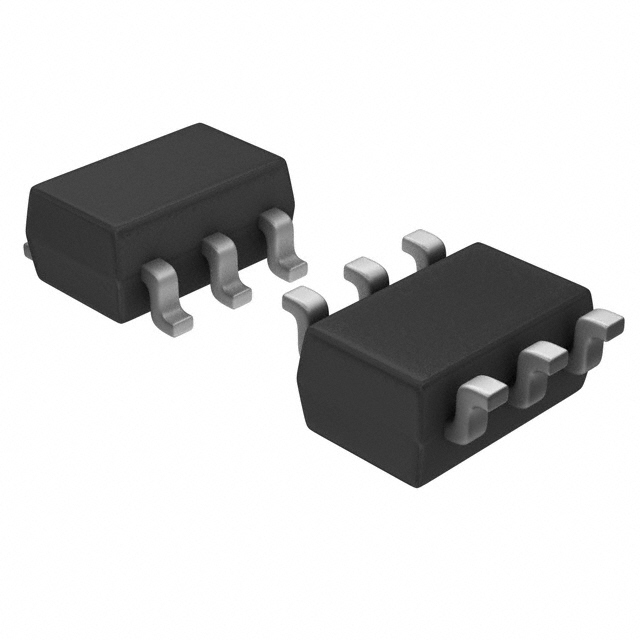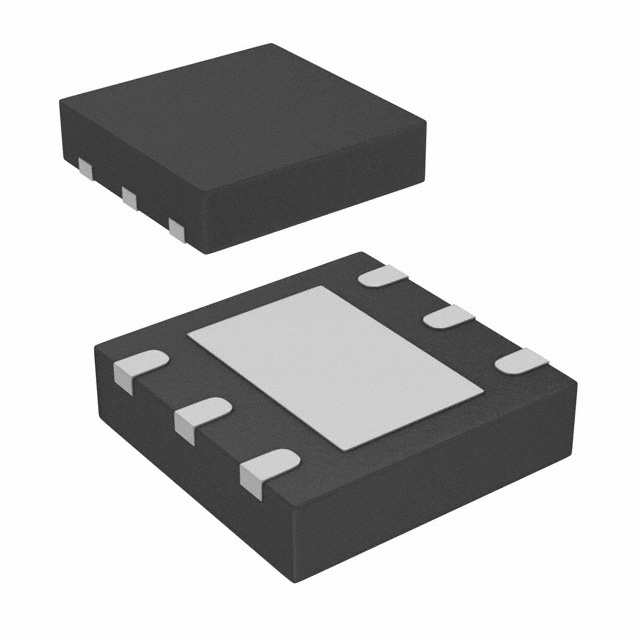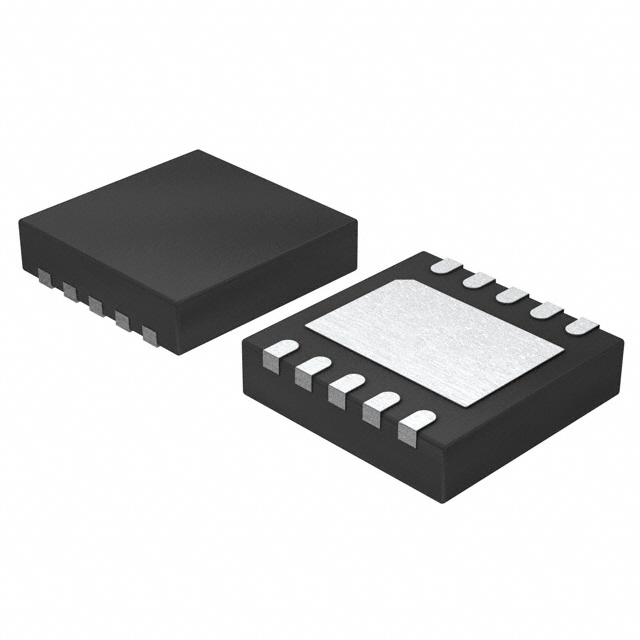

A Complete Guide to 357 Battery Equivalent
Catalog
Description of 357 Battery Equivalent 357 Battery Equivalent PartsSilver-Oxide 357 Battery EquivalentVoltage Decay of 357 Battery EquivalentSilver Oxide 357 BatterySilver Oxide 357 Battery357 Battery Equivalent: Applications and ScopeFinal WordsFrequently Asked QuestionsDescription of 357 Battery Equivalent
The 357 Battery Equivalent, also called a silver oxide cell, is well-known for its reliable performance in precision devices. It has a nominal voltage of 1.55 volts and usually offers a capacity of about 150mAh. This battery provides a stable and consistent voltage throughout its life, making it an ideal power source for watches, calculators, toys, and many medical instruments. Plus, it lasts 30% to 100% longer than an LR44 battery, meaning you won't have to replace it as often. Its compact size—11.6mm in diameter and 5.4mm in height—ensures it fits into a variety of battery compartments easily.

357 Battery Equivalent
Specifications
| Characteristic | 357 |
| Battery Type | Silver Oxide |
| Nominal Voltage | 1.55V |
| Nominal Capacity | 150mAh |
| Operating Temperature Range | -28C to 55 C |
| Diameter (inch) | 0.457inch |
| Diameter (mm) | 11.6mm |
| Height (inch) | 0.213inch |
| Height (mm) | 5.4mm |
| IEC (JIS) | |
| Mass (oz) | |
| Mass (g) | 2.3g |
357 Battery Equivalent Parts
SR44: The SR44 is a popular equivalent for the 357 battery, matching its size and voltage specifications perfectly.
AG13: AG13 is another equivalent to the 357 battery. Like the SR44, it shares the same size and voltage, so they can be used interchangeably.
A76: A76 is yet another designation that matches the 357, with the same size and voltage characteristics.
SG13: SG13 is an alternative name for the 357 battery, also matching in size and voltage.
PX76A: PX76A is another equivalent for the 357 battery, often used in photography equipment.
Silver-Oxide 357 Battery Equivalent
The 357 batteries work using silver oxide chemistry, where silver oxide acts as the positive electrode, zinc as the negative, and an alkaline electrolyte in between.
Performance Characteristics:
- Silver oxide chemistry gives a stable and consistent voltage output for most of the battery’s life.
- It has a higher energy density compared to alkaline batteries, making it perfect for precision devices.
- Commonly used in applications that need reliable and steady power, like watches and medical instruments.
Common Applications:
357 batteries are frequently found in watches, calculators, toys, and various medical devices.
Voltage Decay of 357 Battery Equivalent
The silver oxide 357 battery keeps a more consistent voltage until it drops to about 1.2 volts at the end of its life.
Silver Oxide 357 Battery
Voltage Decay Characteristics:
- The silver oxide chemistry in 357 batteries gives a stable voltage output for most of its lifespan.
- The voltage stays steady until it’s almost depleted, when it may fall to 1.2 volts.
Implications:
- Devices powered by 357 batteries get a steady and reliable voltage supply.
- Precision instruments like watches, calculators, and medical devices can work accurately until the battery is nearly out.
- Silver Oxide 357 Battery Lifespan
Lifespan Characteristics:
- The silver oxide chemistry in 357 batteries usually provides a longer lifespan compared to LR44 batteries.
- It has a higher nominal capacity, typically ranging from 150-200 mAh or even more, depending on the discharge current.
Implications:
- Great for applications that need more energy and require a longer operational life.
- Preferred in precision devices where a stable and reliable power source is crucial.
Percentage Difference in Lifespan:
- The claim that "357 typically lasts 30% to 100% longer than the LR44" shows a significant benefit for the 357 battery.
Silver Oxide 357 Battery
Size Characteristics:
The 357 battery has standard dimensions, usually measuring 5.4mm in diameter and 9.5mm to 9.6mm in height.
Implications:
The slightly shorter height of the 357 battery makes it more suitable for battery compartments with limited vertical space.
357 Battery Equivalent: Applications and Scope
Compared to other batteries, 357 battery equivalents are perfect for devices that need more power. They’re especially important in medical equipment, providing essential long-term stable power. Besides medical uses, 357 battery equivalents are also found in watches, calculators, and cameras, where high performance, battery life, and voltage stability are crucial.
Final Words
Energizer 357/303 Batteries offer long-lasting power for your essential devices. Choose these button cell batteries to keep your electronics running smoothly, whether it’s for kitchen scales, calculators, or keyless entry systems. They also provide reliable power for medical devices like glucose monitors and heart rate monitors. Each 357/303 battery pack holds its power for up to 5 years in storage. Plus, these long-lasting batteries are mercury-free, making them a more eco-friendly option. Count on Energizer specialty batteries for enduring power when you need it most.
Frequently Asked Questions
Is SR44 the same as 357?
Yes, the SR44 is equivalent to the 357 in button cell batteries. They are interchangeable, sharing the same physical size and voltage specs. So, you can use an SR44 battery as a direct replacement for a 357 battery, and vice versa.
Can I Use SR44 instead of LR44?
Yes, in many cases, you can use SR44 batteries as substitutes for LR44 batteries, and the other way around, since they share the same size and shape. Both are commonly used in small electronic devices like watches and calculators.
What Does LR Stand For in Batteries?
In battery terms, LR usually refers to an Alkaline battery.
At What Voltage is an LR44 Battery Dead?
An LR44 battery is considered dead at around 0.9 to 1.0 volts.
Can a 675 Battery Replace an LR44?
No, the LR44 and 675 batteries are not interchangeable due to differences in size and voltage. The LR44 is smaller and commonly used in watches and calculators, while the 675 is larger and typically used in hearing aids.
Is LR44 the Same as 386?
While the LR44 and 386 batteries are similar in size, they differ in chemistry. The LR44 usually uses alkaline chemistry, while the 386 (and its equivalents) typically uses silver oxide chemistry. Also, the LR44 has a nominal voltage of 1.5V, whereas the 386 usually has a nominal voltage of 1.55V.
Subscribe to JMBom Electronics !













